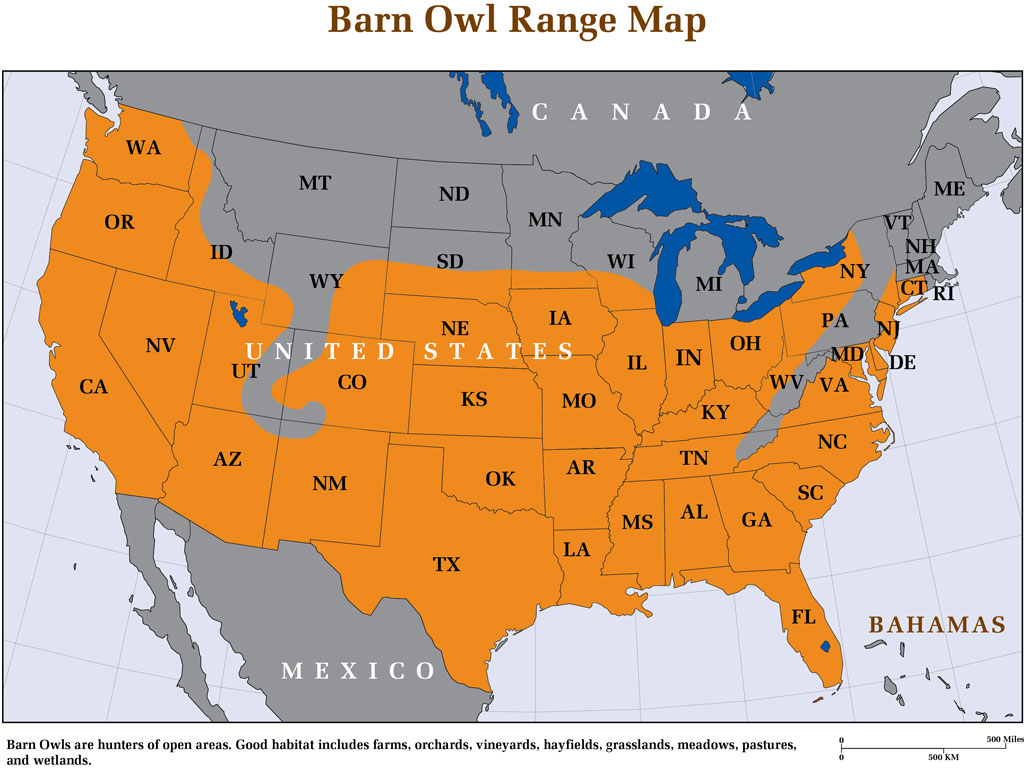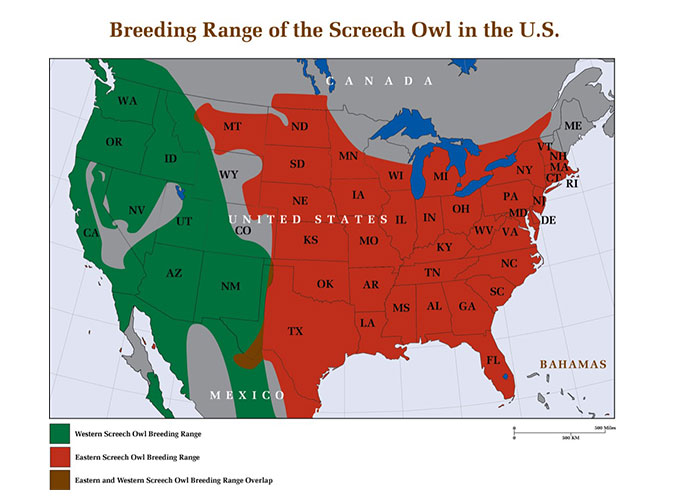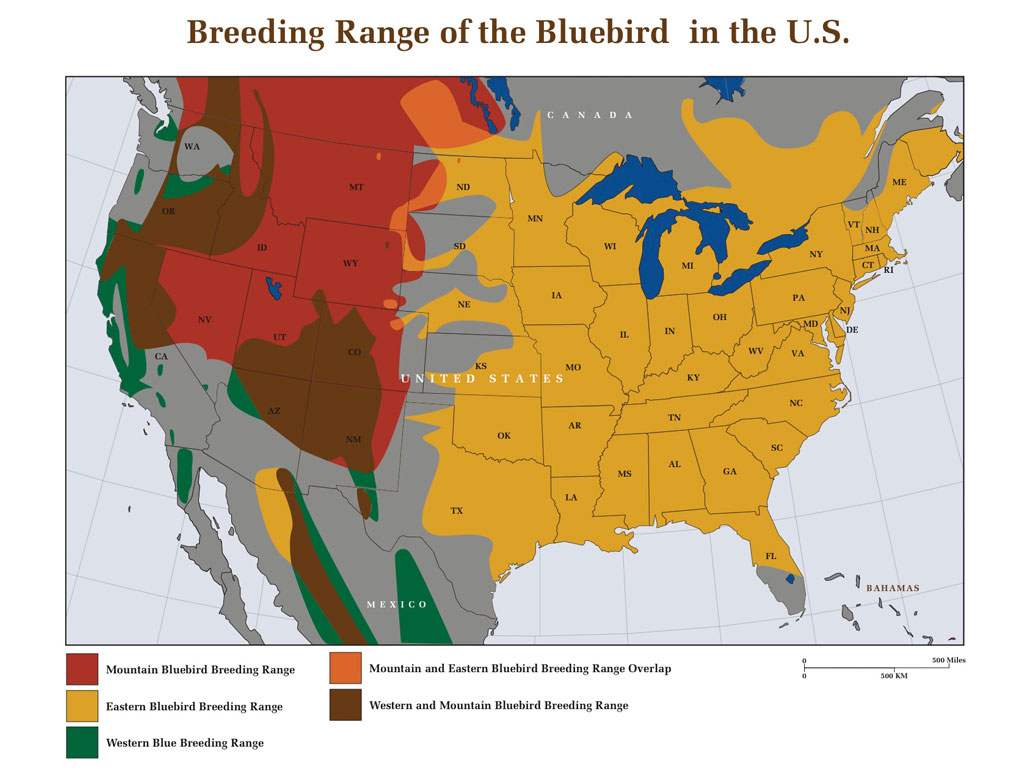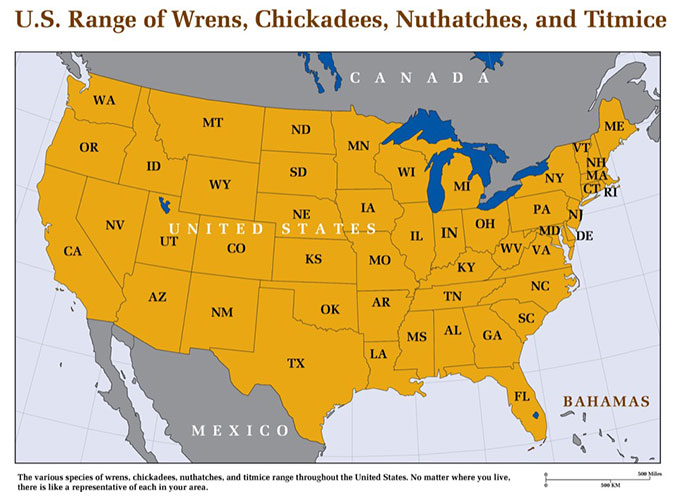Free Shipping to the Contiguous United States
Owl Feathers and Silent Flight
How Owl Feathers Allow Owls to Fly Silently to Catch Prey
The Feathers of Birds
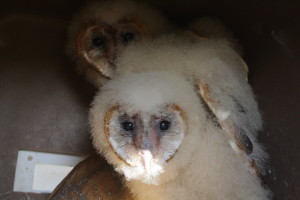
Bird feathers, in general, have to be one of the most amazing creations in nature. The flight feathers of wings and tail enable birds to fly—not glide like flying squirrels—but fly powerfully from one end of the globe to the other. Down feathers insulate birds from cold. Contour feathers keep the birds dry in the rain. Powder-down feathers disintegrate into a talcum like dust that birds use to condition the other feathers.
Each feather is a work unto itself: Radiating out from the central shaft that runs up through the middle of the feather, individual vanes also contain barbs that hook over the next vane, and those barbs in turn have barbules that hook on to the barbs. This sophisticated arrangement makes for a very lightweight yet resilient structure. And when these various vanes and hooks become disorganized, a mere pull of a beak through the feather puts them all back together again.
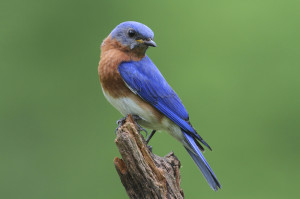
Beyond these functions, feathers hold the brilliant, defining colors of sexual attraction. Since birds can see colors, various pigments evolve in feathers to make birds, especially the males, more attractive to lure a mate. But not all colors are pigments produced by the feathers. The reds in flamingos come from the foods they eat. And blues cannot be created inside the feathers, so they are created by the structure of the feathers—the soft brilliant blues of jays and buntings and the metallic sheen of purples and greens on grackles and blackbirds are created by infraction—illusory colors that work just the same.
Beyond displaying color to impress the opposite sex, the feathers of doves, pigeons, hummingbirds, manakins, and nighthawks are used in flight to whistle, hum, and boom to create “song” that attracts potential mates.
The Feathers of Owls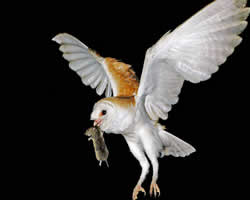
The feathers of owls have other, owlish purposes. These are refinements brought about by darkness and stealth and the quiet of night. As anyone should know who has ever heard a duck or a pheasant take off, feathers in flight create a lot of sound. Songbirds that eat insects and seeds have little need to be stealthy. The same is true for almost all birds.
Even the leading edge of the wing of a hawk through air creates a discernible sound as do the stiff tail feathers cupped to slow down before landing. But hawks use high speed and surprise to capture their prey in full daylight. Owls hunt in the quiet of night where their favorite prey, rodents, utilize their hearing to detect potential predators. Since rodents have poor vision but relatively good hearing, owls rely on being quieter than a whisper to capture their food. This is accomplished by their special feathering.
While the leading edge of a hawk’s wing is sharp and defined (and thus noisy), the leading edge of an owl’s wing contains a serrated, comb-like structure that breaks up the air as it passed over the wing. This soft combing of the air results in almost no sound being produced. In addition, the feathers of the wings, body, and tail of owls are wider and rounder than those of other birds and, to further reduce sound, they are cloaked in a soft, velvety covering of tiny feathers that also soften their passage through air. The result is almost totally silent flight.
Calling Owls in the Wild to Experience their Silent Flight
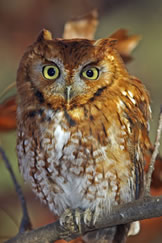
Try using a tape of owl calls to call in common owl species in your area. You will notice that, if you do not happen to glimpse the owls arriving, the first thing you will hear will be their singing in response to the tape. They will arrive soundlessly, like ghosts. Their prey also never hears their arrival and must rely on their poor eyesight under dim conditions to detect danger from owls.
The combination of silent flight and excellent hearing creates a perfect nighttime predator in owls.

